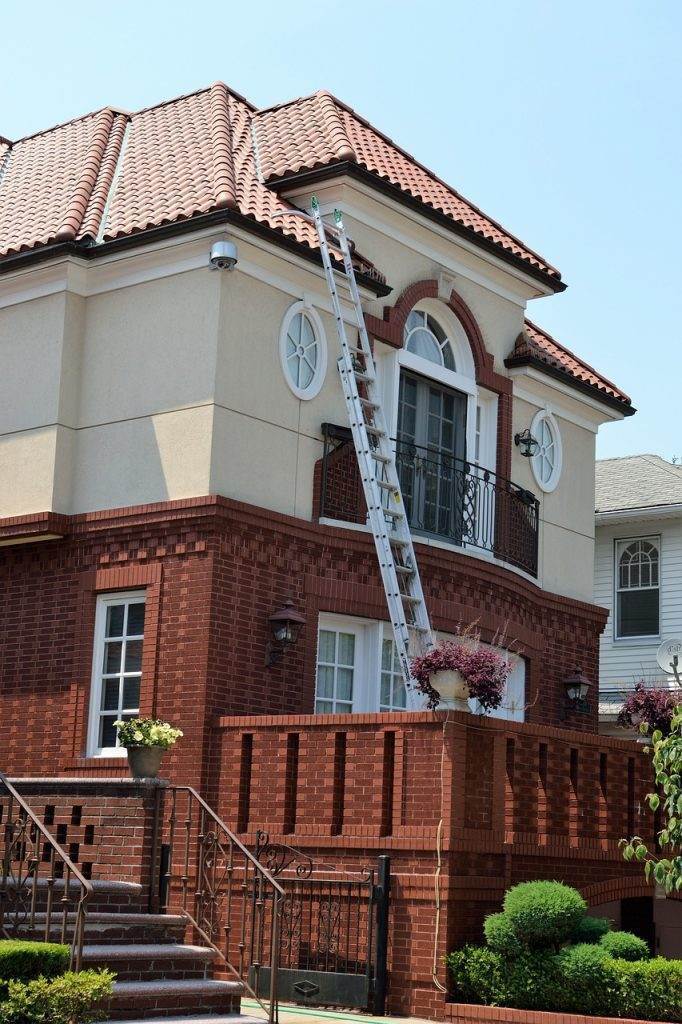So, you’ve decided to take on the exciting adventure of renovating your home. You’ve got visions of a modern kitchen, a cozy living room, and a tranquil oasis in the bathroom. But amidst all the excitement, you find yourself overwhelmed by one burning question: what comes first in renovations? Well, fear not, because we’re here to help you navigate through the maze of decisions and prioritize your renovation tasks. Whether it’s tearing down walls, updating plumbing, or choosing paint colors, we’ll guide you on the path to success. So, let’s roll up our sleeves and get started!

This image is property of pixabay.com.
Planning
When it comes to renovations, proper planning is crucial. Before starting any project, it’s vital to determine your goals and set a budget. Do you want to create more space, update the aesthetics, or improve the functionality of your home? Knowing what you want to achieve will help guide the entire renovation process. Once you have your goals in mind, you can start researching design ideas and inspirations. Explore different styles, materials, and layouts to find what resonates with your vision for your home. Whether you’re looking to hire a professional architect or designer, or you want to tackle the project yourself, researching design ideas will give you a better understanding of what is possible within your budget.
Structural Assessments
Before diving into the actual renovations, it’s important to assess the condition of the existing structure. This step is crucial for identifying any underlying issues that may require repair or upgrades. An evaluation of the structural elements, such as walls, beams, and foundations, will help determine if there are any weaknesses or areas in need of reinforcement. Checking for signs of structural problems, like cracks in the walls or uneven floors, will ensure that these issues are addressed before moving forward with the renovations. By dealing with any necessary repairs or upgrades at this stage, you can prevent potential complications and ensure the safety and stability of your home.

This image is property of pixabay.com.
Permits and Approvals
Once you have a clear plan for your renovations, it’s important to determine which permits are necessary for your project. Different municipalities have varying regulations and requirements, so it’s crucial to familiarize yourself with the local building codes. Depending on the scope of the renovation, you may need permits for additions, structural changes, or electrical and plumbing work. Obtaining the necessary approvals from local authorities is essential to ensure that your renovations comply with legal and safety standards. It’s important to factor in the time and cost associated with obtaining permits and approvals, as they can vary depending on your location and the complexity of the project.
Demolition and Removal
Before you can start building, you need to clear out the existing fixtures and materials in the area where the renovation will take place. This process involves careful demolition and removal of any unwanted elements. It’s crucial to plan this step carefully to avoid damage to the surrounding structures and to ensure the proper disposal of debris and waste. Depending on the scale of the renovation, you may need to hire professionals to assist with the demolition, especially when dealing with load-bearing walls or complex structures. Properly disposing of debris and waste will help keep your project organized and efficient, ensuring a clean and safe workspace.

This image is property of pixabay.com.
Plumbing and Electrical Work
Once the area is clear, it’s time to inspect and upgrade the plumbing and electrical systems. A thorough inspection of the existing plumbing will help identify any potential issues such as leaks, corrosion, or outdated components. Upgrading the plumbing system may involve replacing pipes, fixtures, or water heaters to ensure functionality and efficiency. Similarly, an evaluation and update of the electrical systems are essential for safety and to meet the demands of modern technology. This may include rewiring, upgrading electrical panels, or installing additional outlets to accommodate your needs. By addressing these essential systems early on, you can avoid future inconveniences and ensure that your renovated space meets all the necessary requirements.
Structural Changes
If your renovation plans involve any structural modifications, such as removing walls or adding new ones, this is the stage to do it. Making any necessary structural changes early in the process will provide a solid foundation for the rest of the renovations. Depending on the complexity of the modifications, it may be necessary to involve a structural engineer to ensure that the changes are safe and compliant with local building codes. Reinforcing load-bearing walls and beams is crucial to maintain the structural integrity of your home and prevent any potential issues down the line. By completing these structural changes early on, you can move forward with the rest of the renovations confidently.

Insulation and Drywall
Proper insulation is essential for maintaining a comfortable and energy-efficient home. Installing insulation during the renovation process ensures that your home is properly sealed and can help reduce energy consumption and lower utility bills. Insulation also plays a crucial role in soundproofing, creating a quieter and more peaceful living environment. Additionally, applying drywall for walls and ceilings is necessary for creating a smooth and finished surface. Drywall serves as the canvas for your desired paint colors, wallpapers, or other decorative finishes. By prioritizing insulation and drywall installation, you can create a comfortable and aesthetically pleasing interior for your home.
Flooring
Flooring is a significant component of any renovation project, as it sets the foundation for the overall aesthetic and ambiance of the space. Choosing the right flooring materials is essential for both style and functionality. Consider factors such as durability, ease of maintenance, and compatibility with your lifestyle. Whether you opt for hardwood, laminate, tile, or carpet, it’s important to select a flooring material that suits your design vision and stands the test of time. If you have existing flooring that is in good condition, refinishing or repairing it may be a more budget-friendly option. Investing in quality flooring materials and proper installation will ensure a durable and visually appealing result.

Cabinetry and Countertops
Cabinetry and countertops play a vital role in the functionality and aesthetics of your kitchen, bathroom, or any other space requiring storage and workspace. Designing and installing cabinetry that meets your specific needs and enhances the overall design is essential. Whether you prefer custom-built or pre-fabricated cabinets, consider factors such as storage capacity, accessibility, and style. Countertops, on the other hand, are not only functional but also serve as a design element. Materials such as granite, quartz, or marble offer durability and timeless elegance. Consider your budget and maintenance requirements when selecting cabinetry and countertops, as they are investments that should withstand the test of time.
Final Touches
Once the major components of your renovation project are complete, it’s time to add the final touches that bring your vision to life. Lighting fixtures play a vital role in creating ambiance and enhancing the functionality of the space. Choose lighting fixtures that suit the style of your home and provide adequate illumination for each area. Additionally, adding decorative elements and accessories can give your renovated space a personal touch. Whether it’s artwork, plants, or accent pieces, these final touches can truly make your house feel like a home. Consider your personal style and the overall aesthetic you want to achieve when selecting these items to complete your renovations.
In conclusion, renovations require careful planning, assessments, and considerations of various factors. By determining your goals, researching design ideas, and setting a budget, you can start off on the right foot. Assessing the condition of the existing structure, obtaining necessary permits and approvals, and properly managing demolition and removal will set the stage for a successful renovation. The evaluation and upgrading of plumbing and electrical systems are vital for functionality and safety. Structural changes, insulation, and drywall provide a sturdy and finished foundation, while flooring, cabinetry, and countertops add beauty and functionality. Finally, adding lighting fixtures and personal decorative touches complete the renovations, turning your house into a home that reflects your style and meets your needs. With proper planning and attention to detail, your renovations can transform your living space into your dream home.